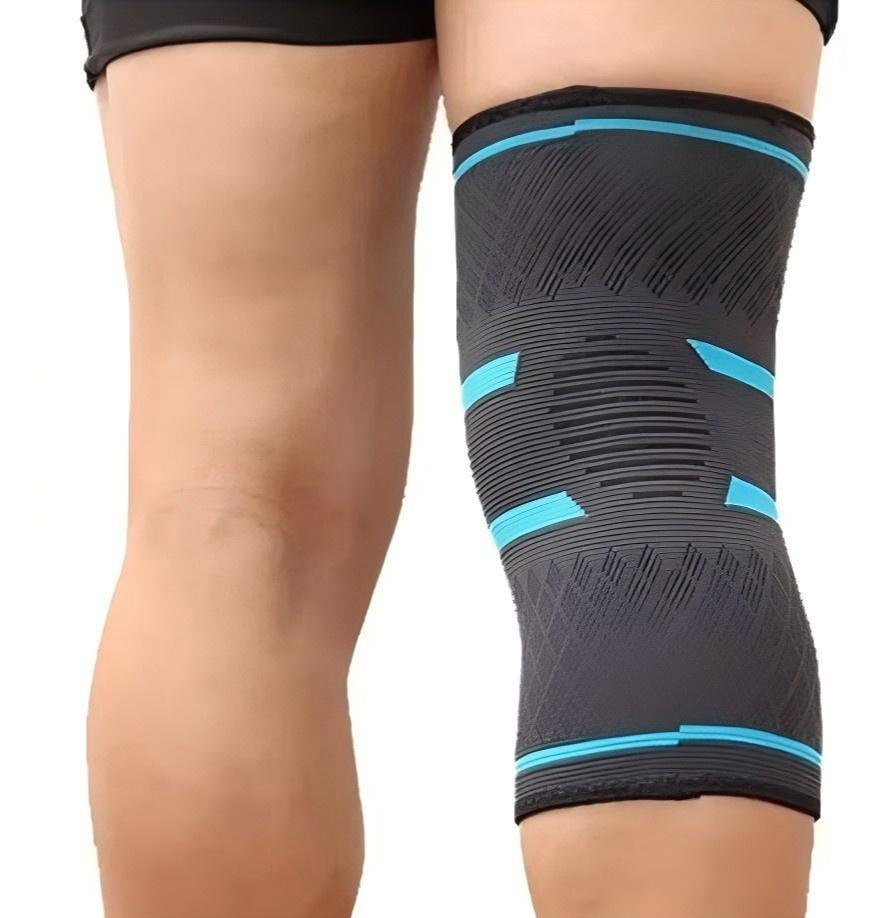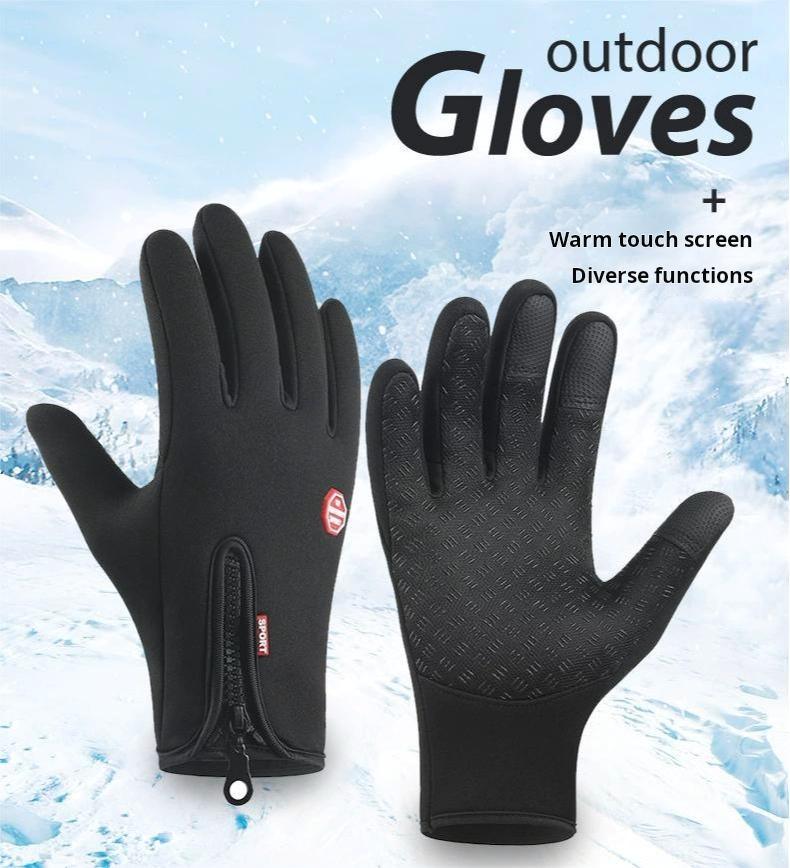
4 Easy Ways to Detect and Correct Muscle Imbalances Before They Sideline Your Runs
Share

FREE SHIPPING on all orders + 10% off your first order by subscribing to the Newsletter!



Compression Technology: Enhances blood circulation and muscle support, reducing fatigue and soreness.Injury...

Recovery Sandals Benefits: ✨ Unmatched Comfort: Plush footbeds and adjustable straps ensure...

Stay warm with our insulated, breathable Running Gloves & Beanies. Enjoy touchscreen...

Insoles:Carbon Fiber: Shock absorption for high-impact activities.OrthoLite: Arch support and odor control.Orthopedic: Relief...
